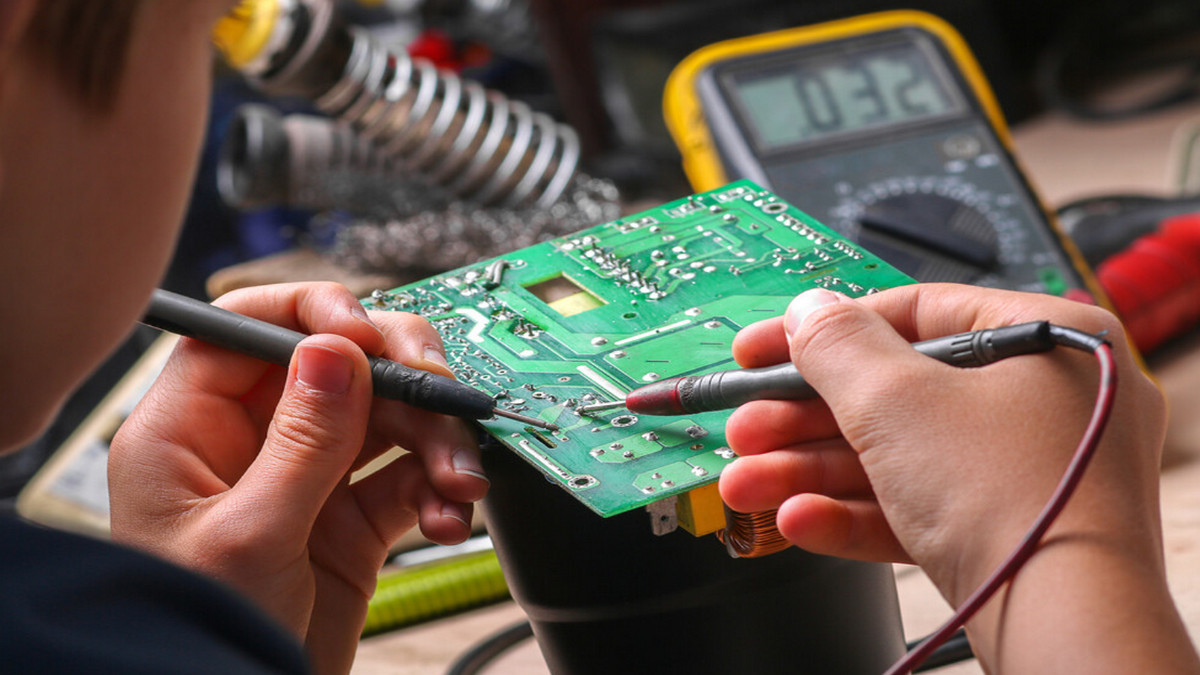Market News
An industrial sector engaged in the construction of hulls, the installation of engines and complete outfitting, and the refurbishment of finished ships.
2022-07-27 15:59:59
Taiwan's semiconductor industry is booming, and sub-industries such as wafer foundry, back-end packaging, and testing, and IC design are among the best in the world.
2022-07-26 17:27:34
The development of low-orbit satellites has attracted attention from all walks of life in recent years under the development of resources injected by international science and technology companies. Large-scale satellite galaxies, unlike past satellite communication systems, can provide broadband transmission and global connectivity services.
2022-07-18 10:34:26
Regenerative medicine mainly covers tissue and cell repair, stem cell therapy, and immune cell therapy.
2022-07-14 13:42:34
The Internet of Things (IoT) is driven by the M2M (Machine-to-Machine) paradigm, which provides the ability to connect anytime, anywhere among many smart devices. Wireless communication makes M2M communication much easier, it has more applications.
2022-07-07 17:03:27
Through virtual power plants, the integration of distributed energy such as renewable energy, energy storage equipment, and backup power has become a new science in energy management. As the proportion of renewable energy gradually increases, to solve the problem of intermittent power supply, flow batteries that can store electricity for a long time have attracted much attention.
2022-06-29 11:03:30
GaN and SiC - Third-generation semiconductor materials have been widely used in producing blue and green LEDs and lasers. GaN and SiC production has become an essential technology for many semiconductor manufacturers.
2022-06-21 09:32:12
According to estimates, the compound annual growth rate (CAGR) of the global warehousing automation market is expected to reach 12.6% in 2023. Private equity firms are actively involved in acquisitions to improve products and services and increase revenue.
2022-06-20 11:46:22
With the rapid development of emerging industries such as the Internet of Things and mobile Internet, smart sensors are becoming more popular. Smart sensors are composed of sensing elements and signal conditioning circuit controllers that have data acquisition, conversion, analysis, and even decision-making functions. Intelligence can improve the accuracy of the sensor, reduce power consumption and volume, and achieve easier networking, thereby expanding the application range of the sensor and making its development more rapid and effective.
2022-06-08 16:12:44
Industry determines the scale and level of national economic modernization, plays a leading role in the contemporary world national economy, and is the fundamental guarantee for a nation’s economic independence, political independence, and national defense modernization. Industry is divided into two categories: The sector that consists of large industries that are highly capital intensive is called heavy industry, and the sector generally composed of smaller industries, more focused on the production of smaller consumer products is called light industry.
2022-06-08 10:01:15
Hot Topic
Agree










